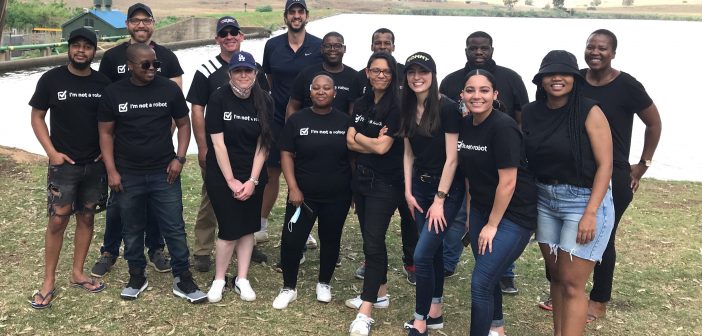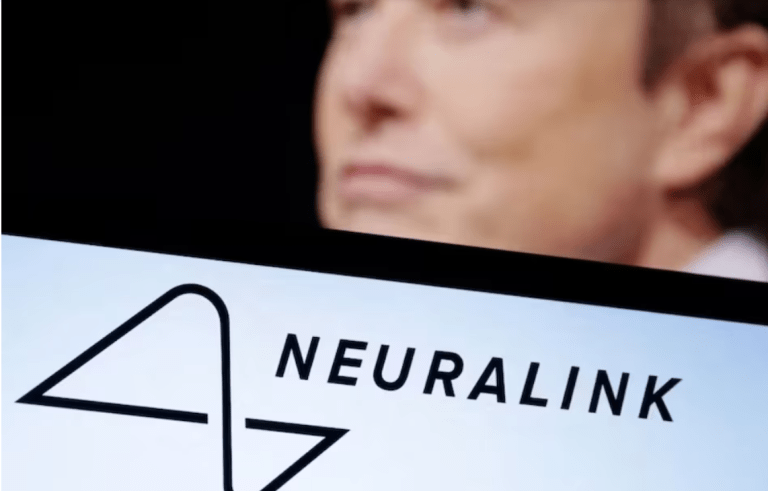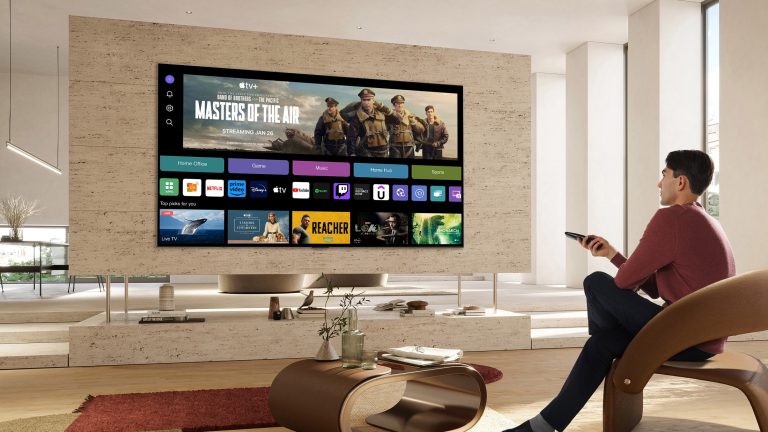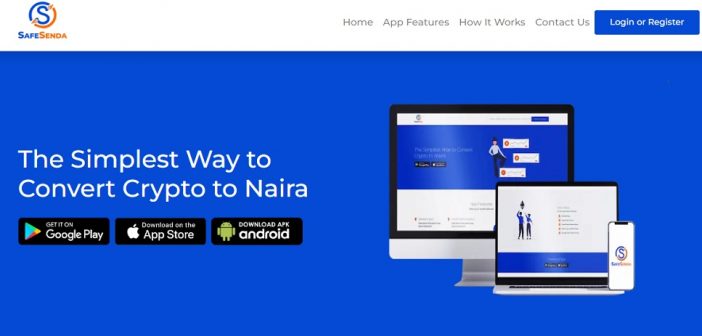4 tech innovations that can help physically challenged Africans
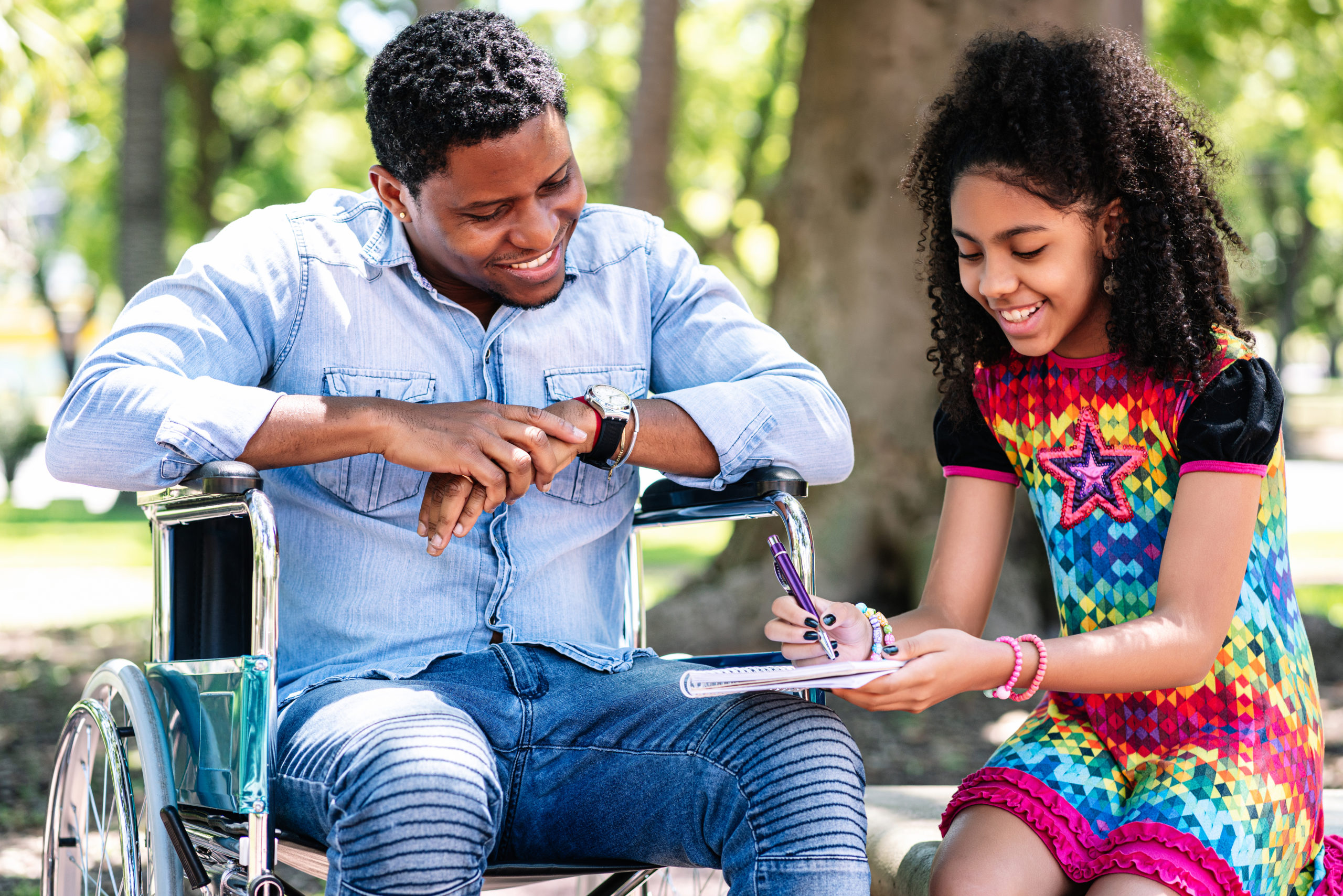
Living with a disability can mean different things to different people. Faustina Urassa, Programme Officer at Tanzania’s Kilimanjaro Association of Spinal Cord Injury (KASI), sees it as an opportunity to assist others who have lost their ability to walk.
Urassa teaches people with spinal cord injuries how to use wheelchairs. “If you have the appropriate wheelchair that meets your needs and suits you,” she says, referring to her own use of a wheelchair.
Living with disabilities means a difficult schooling process for Gift Moloke, a young South African. Moloke, who has Down syndrome, was turned down by several schools to which his mother applied.
According to the United Nations (UN), 80 million people in Africa are disabled. However, the World Health Organization (WHO) estimates that 300 million people are disabled.
While the numbers may be off, Urassa and young Moloke’s story is not the only one on the continent. Living with these disabilities is already difficult, but society makes it even more difficult.
The UN also confirms that the majority of Africans with disabilities are denied access to education and employment.
The United Nations designated December 3 as International Day of Persons with Disabilities in 1992 in order to “promote an understanding of disability issues and mobilize support for the dignity, rights, and well-being of persons living with disabilities.”
From people with learning disabilities to stuttering and being deaf, we’ve looked at what life is like for people with disabilities and how technology can help.
Notably, Techpoint Africa has previously covered tech tools that can make life and work easier for people who have disabilities such as stuttering, deafness, dyslexia, and dyscalculia, among other learning disabilities.
In celebration of the International Day of the Disabled, we are looking at four tech innovations that could help people living with disabilities globally.
Tactile watches for the visually impaired
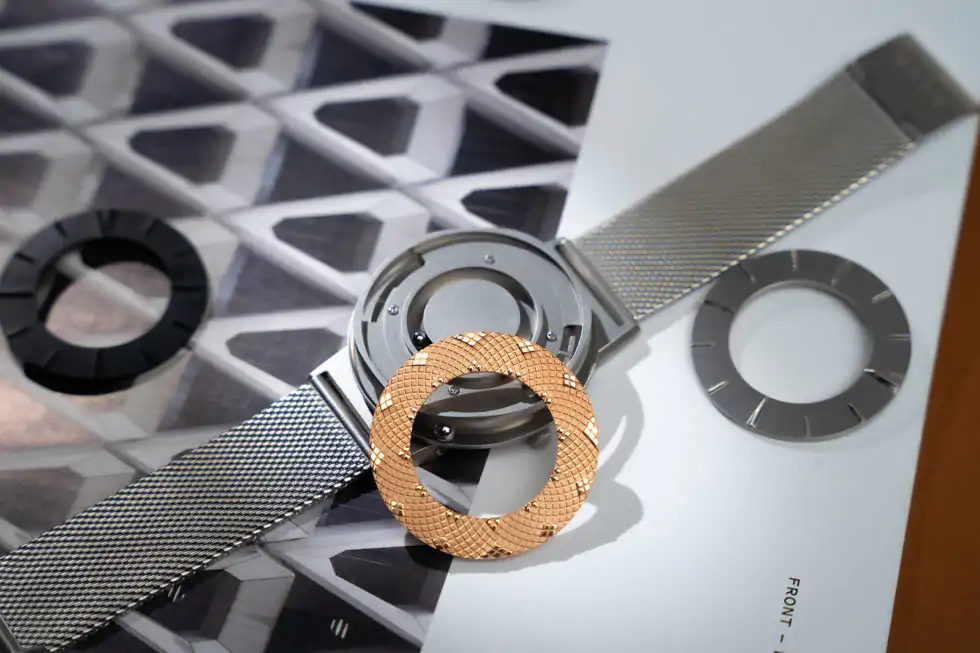
When Hyungsoo Kim, CEO of Eone timepieces, realized that all watches and clocks rely heavily on vision, he created the Eone.
“Could there be a way to cater for the blind?” he wondered. Kim and his team got to work and created the Eone.
Users can check the time on the Eone simply by touching and looking at it. Consider it a regular watch, but instead of an hour and minute hand, it has balls. One on the surface shows the minute, while another on the side shows the hour.
Eone is an abbreviation for Everyone. Kim believes that products and services should be inclusive, and while his invention works well for the blind, it can also be used by people with vision.
When Kim was testing the Eone with a group of visually impaired people, she was asked if the watch was designed specifically for the blind.
“I said yes, expecting a positive response, but they said, ‘that’s not what we want; what we want is what everyone else wants.'”
Returning the sense of touch
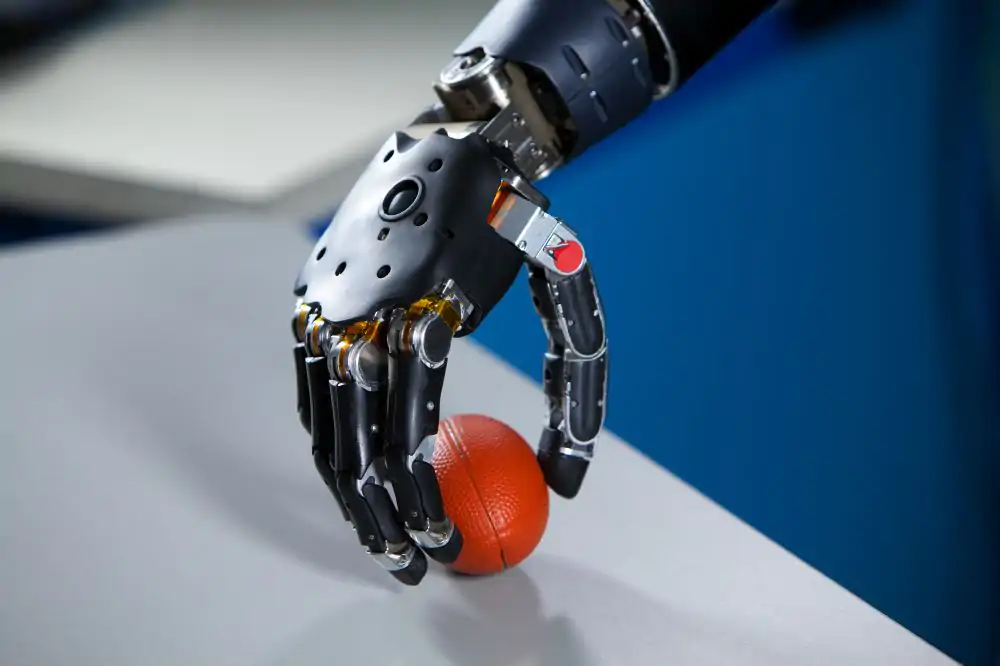
While prosthetic limbs cannot replace natural limbs, they can provide amputees with a close substitute.
Dr Luke Osborne, a researcher at John Hopkins University in Baltimore, US, hopes that his invention, E-dermis, will bring prosthetic limbs even closer to being natural.
The invention could allow prosthetic users to regain their sense of touch. The technician deals with a condition known as phantom limb syndrome.
It is a “sensation where you’ve lost a limb or part of a limb, but you can still feel it,” according to Osborne. The limb-representing region of the brain is still present and functioning to some extent.”
Osborne hopes to capitalize on this sensation and assist people who have lost a limb in experiencing sensations they haven’t felt in a long time.
Eliminating stigma with fashionable prosthetics
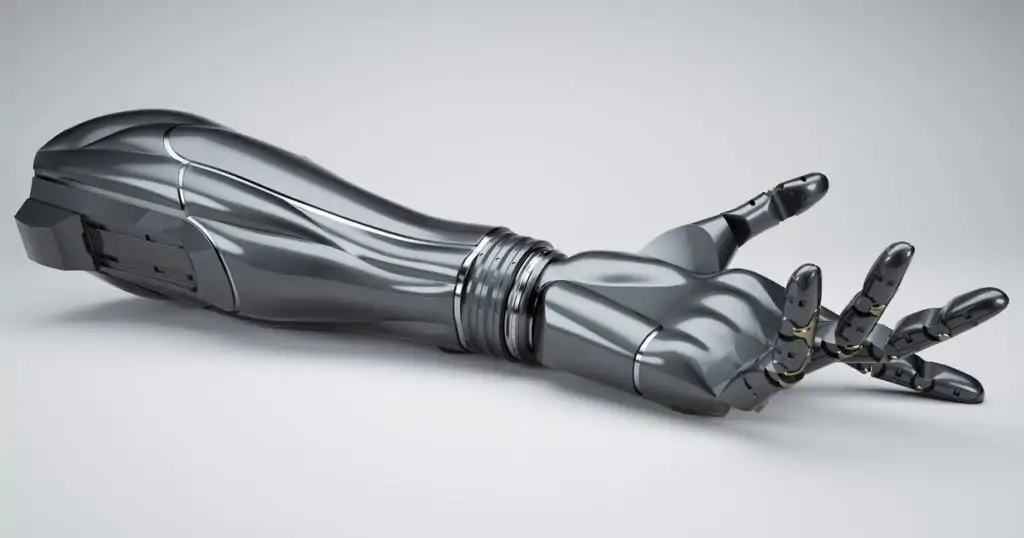
While Osborne is working to restore touch to prosthetic limbs, a group of video game enthusiasts is working to make it realistic.
DEUS Ex Universe and Open Bionics, two companies that develop bionic arms and video games, collaborated to create prosthetics that are more than just medical devices.
According to Joel Gibbard, co-founder of Open Bionics, “what we are trying to do is change the prosthetics industry so that we can offer amputees affordable, functional, and beautiful prosthetic devices.”
Andre Vu, Executive Brand Director of DEUS Ex Universe, says the device looks like something out of a video game, but they wanted it to be something people wore fashionably.
Open Bionics has made a semi-functional prototype of these fashionable bionic arms and hopes to perfect the useability.
Translating sign language into speech
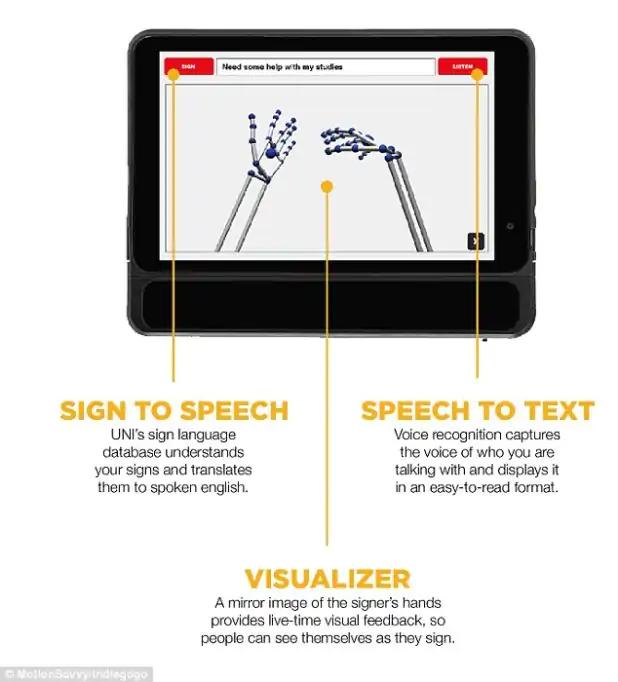
Uni, a MotionSavvy device, converts sign language into text or speech, allowing deaf people to communicate effectively.
In a demonstration by MotionSavvy CTO Alexandr Opalka, the device read his hand and converted it into speech.
It detects and interprets movement of joints in the hands and fingers using sensors and dual cameras.
While assistive technology is wonderful, most of it is prohibitively expensive and out of reach for many people with disabilities.
According to the UN, 200 million people worldwide require assistive technology for low vision, and over 400 million require hearing aids.
While the high cost of these devices contributes to their inaccessibility, they are frequently excluded from welfare programs, making them even more expensive in high-income countries.
More emphasis should be placed on assistive technology, but more importantly, on people with disabilities.


